Armed Forces
Will Javelins and Stingers Prevent a New War in Ukraine? [COMMENTARY]
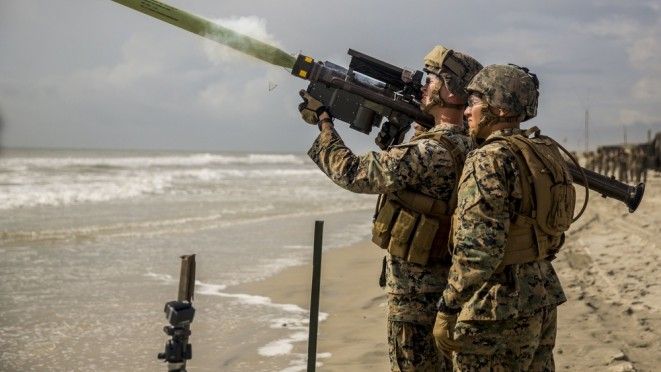
The US administration is considering sending military advisers and major quantities of extra armament and equipment to Ukraine, in the light of the growing threat of new Russian aggression. The equipment list options include mortars, ammunition, and Javelin ATGMs, or Stinger MANPADS. Kyiv is also being viewed as a potential recipient of equipment procured by the US government to meet the needs of the Afghan army. This equipment includes Mi-17 helicopters, some of which are currently being overhauled in Zaporizhzhia. Biden’s administration is aware of the fact that these steps may worsen US-Russia relations. But will they?
On the other hand, Moscow has been using its propaganda channels for a few months now to create a reality in which Ukraine and Russia are the "aggressors" destabilizing the Black Sea region. Ukraine is portrayed as a tool used by the US to inflict military pressure on Donbas. It is also viewed as the aggressor. The Russian Media and the Kremlin's trolls disseminate fake information on attacks against civil targets, with Ukraine breaching the arrangements tied to the demarcation zone, as the reasons for the lack of stability in the region, and the lack of agreement on peaceful resolution of the conflict. False reports suggest massive shelling is conducted by the Ukrainians, with plans made by Kyiv to exit the "Minsk format". Recordings and photographs captured years ago are showcased as evidence of aggressive behaviour of the Ukrainian military, or as proof of Ukraine-driven military buildup in Donbas. Similarly, some reports on Russian military buildup and columns in the separatist-controlled areas are fake, with archive footage used to document these.
A narrative in which the US and NATO pose a threat to the Russian national security is also being manufactured. For a few months now, the Russian media have been meticulously reporting on every aircraft and UAV orbiting close to Russia's border. The reports issued weekly also mention the numbers, always stating that there was no penetration of the Russian airspace recorded. This makes the reader convinced that actual threat in the airspace exists, leaving the audience with a "not this time, but" impression. This narrative is also complemented by stories alerting the Russians about the intensification of the US strategic bombers' presence in Europe, extending to a hypothesis that the United States of America threatens Russia with nuclear weapons.
The Russians see no correlation here, with increased Russian military presence near the Ukrainian border, or with flights of Tu-160 and Tu-95 bombers in the Belorussian airspace, and close to the NATO member states. This noise is overlapped by the reports of the western media on the Russian military buildup, and with the migration crisis being created on the Polish-Belarussian border. There is also a risk that the threat in question could also be transferred to the Ukrainian border.
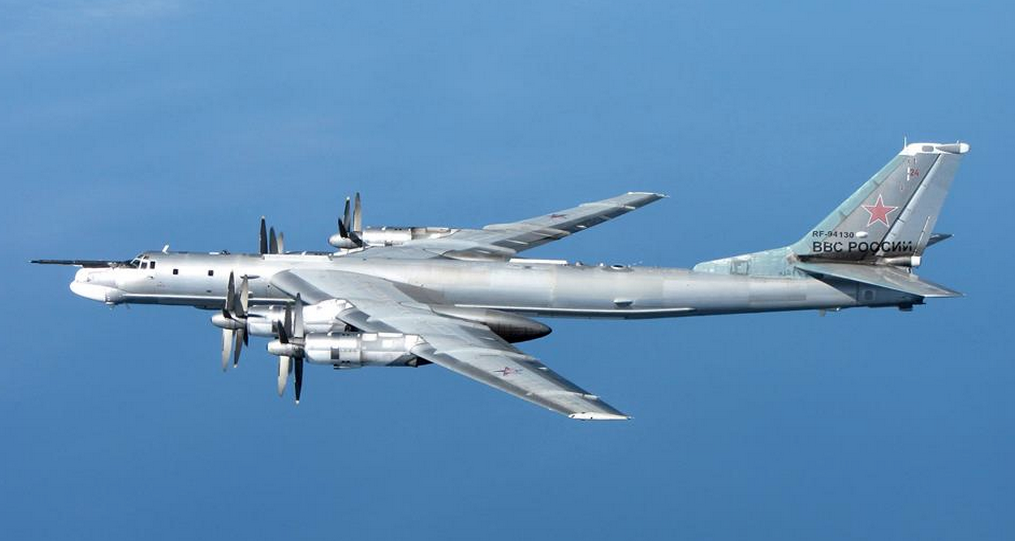
DC is negotiating support for Kyiv with the allies, also thinking about further sanctions. The release issued by the Biden Administration is clear here: Our concern is that Russia may make a serious mistake of attempting to rehash what it undertook back in 2014 when it amassed forces along the border, crossed into sovereign Ukrainian territory and did so claiming falsely that it was provoked, Antony Blinken, US Secretary of State, said. It is also clearly stated that four large military equipment shipments have been scheduled to be delivered to Kyiv in October and November - including Javelin ATGMs. Two patrol vessels for the Ukrainian Navy have also been delivered during the recent days. Further support is being planned.
Stingers, Javelins, ex-Afghan Inventory - All for Ukraine?
Washington is working on Senate Act, to further tighten the sanctions against Russia. The US is also engaged in negotiation with the European allies. CNN reported that the Department of Defense proposes, that a certain portion of equipment originally destined to be sent to Afghanistan should be sent to Ukraine instead. This refers to the Mi-17V-5 helicopters (export variant of Mi-8MTV-5, fitted with rear cargo ramp and redesigned nose section) that were recently sent to the aircraft boneyard in the US. Interestingly, at least one example is currently being overhauled by the Ukrainian Motor Sich facility that, despite the Russian protests, was selected to carry out maintenance and overhauls.
Other aircraft could also be transferred to Ukraine, including helicopters and fixed-wing assets that fled from Afghanistan to Uzbekistan, once the US withdrew its forces from the country. This inventory includes several Mi-8/17 helicopters and 6 Embraer EMB-314 A-29 Super Tucano combat trainers. Ukraine remains interested in procurement of those, and Kyiv expressed its willingness to do that during the Kyiv Arms and Security expo. Embraer was the primary partner, with a big Super Tucano ad decorating the exhibition hall. This option is, or at least, has been up until recently strongly endorsed at the Ukrainian MoD. The Super Tucanos would replace the obsolete L-39s in a trainer role, but they could also be used in combat, in an asymmetrical conflict.
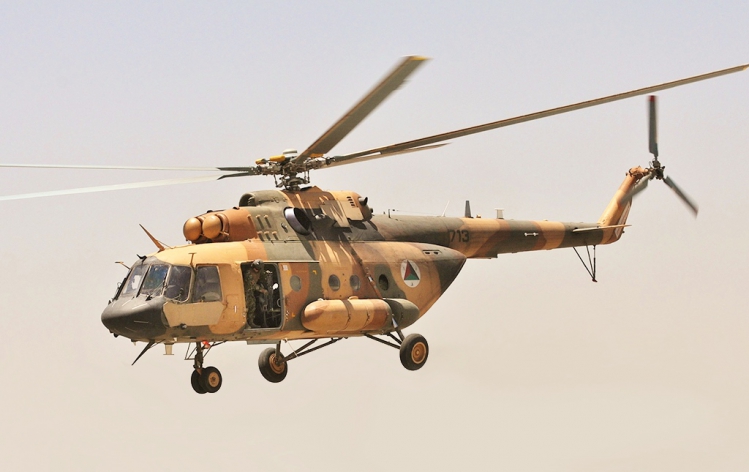
Among the numerous arms delivery proposals concerning Ukraine, the guided missiles seem to be the most interesting offering. Javelin ATGMs are already being used by the military. Despite Moscow being driven to diminish the reputation of the weapon's effectiveness, and accusations made by the Russians suggesting that Washington is "arming the Kyiv fascists", the deliveries continue. The recent airlift deliveries included a certain quantity of those missiles that can be effectively employed against a majority of the Russian vehicles, T-80 and T-90 MBTs included. The Javelin is a fire-and-forget weapon that does not require operator guidance inputs in-flight, allowing the operator to leave the launch position immediately after firing the missile.
Another type of missile that provokes some thought is the US-made FIM-92 Stinger MANPADS. The missile is famous for its use against Russian aviation in Afghanistan, in the 1980s. New generations of these missiles are still in use in the US Army and among many of the US allies. These can be used against rotary-winged assets and low-flying aircraft. They would be a relevant threat for the Russian air platforms if used during a potential conflict in the eastern or southern region of Ukraine. The question is - is a conflict as such probable?
Empty Threats, or Another War
The Russian military buildup along the Ukrainian border and in Crimea is a fact. The question is, how the Kremlin is going to use those assets. The reports delivered by the US- and Ukrainian intelligence services, quoted by the politicians and the media, suggest that Russia would be ready to launch a mass offensive in this area between December and January. The period close to the Eastern Orthodox Christmas seems to be a potential date. The Russian rhetorics are complex here. On one hand, there is a narrative of the threat to Russia posed by NATO and Ukraine. On the other hand, Russian diplomacy is beginning to claim that multi-lateral talks would be the best way to resolve the Eastern-Ukrainian crisis.
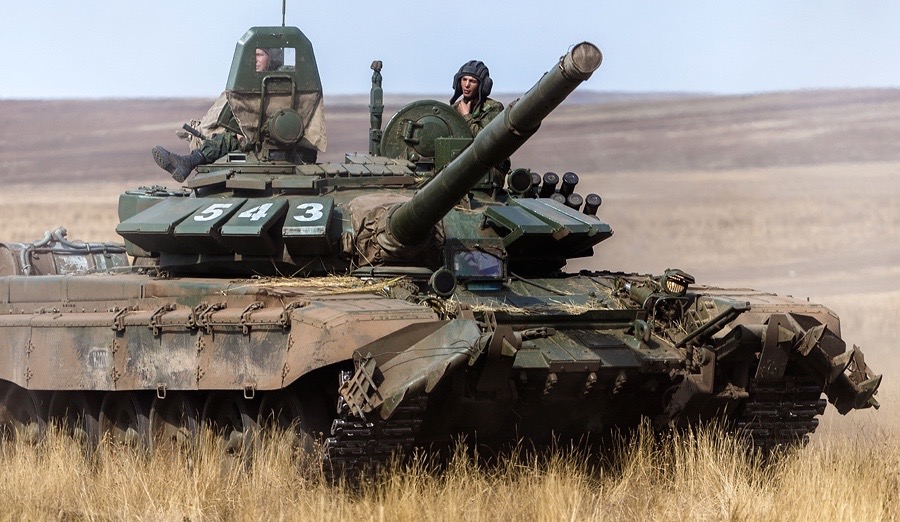
The US State Department is delivering untrue information to its allies and partners, via the diplomatic channels, on military buildup in our territory, aimed at military invasion against Ukraine, said Sergei Ivanov, spokesman for the Russian Foreign Intelligence Service (SVR). This is placed somewhat in contrast with the previous statements made by Russia - claiming that internal military movements remain an internal affair. This suggests that some worrying movement is indeed taking place. One may be under an impression that the reports are conflicting. However, when the situation in Belarus and strong "defence" rhetoric come into play, one may find a certain common goal.
To pursue the goals of its internal politics, the Kremlin is creating a besieged stronghold narrative, being surrounded by adversarial alliances that also arm the former allies, or even brothers (Ukraine), while, on the other hand, threatening and creating ungrounded accusations against the current allies (Belarus). This is also related to the energy crisis - closely tied to the Kremlin's natural gas manipulations.
There is a common ground here: Russia is trying to push everyone back, in the light of its demands. This refers to Western Europe becoming dependent on Russian gas, the launch of the Nord Stream 2 pipeline, and making Ukraine unable to access the transfer income. The Russian actions also pertain to matters of military and diplomatic nature. The natural gas/migration pressure is to force Europe to talk to Lukashenko, legitimizing his position that was no longer perceived as legitimate, following the last election.
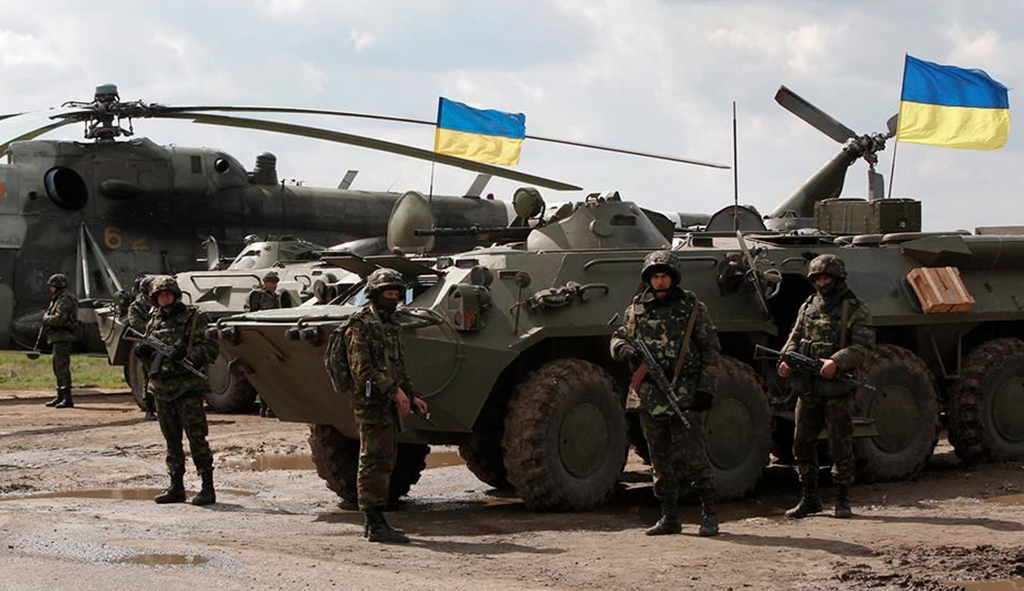
In Ukraine, grand, and little objectives may be found. The minor, ad hoc objectives include the portrayal of Kyiv and, indirectly, the DC, as those responsible for the current situation - with politics, the quantity of the military assets, and temperature of the demarcation area conflict - that has had a stable level of dynamics for months now, somewhat diminished in comparison with the early months of 2021. Major forces involved are to create an impression of imminent offensive. This is to inflict pressure on the EU to inflict pressure on Kyiv and lead to talks and normalization of relations with Russia, actually translating into a compromise with Moscow, when it comes to the closure of the Donbas conflict and restoring the water supply to Crimea. This would lead to the establishment of a dangerous precedent. Russia would seemingly become the stabilizing party. Main objectives, including reinforcement of Moscow's position in Europe and gaining a greater footprint in the Black Sea Region, could also be accomplished.
War or Peace?
One should note that contrary to the Russian vision of own might, and Kyiv's weakness, the military, and political contexts are entirely different than those in 2014. Potential attacks in Eastern or South-Eastern Ukraine would meet actual, coordinated resistance on part of the Ukrainian Armed Forces. Currently, they are better armed and equipped, the organization and command are also far more efficient. Most of the officers have combat experience. They have also received training during NATO-allied exercises. In Ukraine, and abroad. Morale and political support are also different.
Ukraine is unable to gather forces that would be sufficient to win a conflict as such, even if it is limited in scale. It would, however, be far more painful in personnel and equipment for Russia, than the hybrid warfare that led to the emergence of Donbas and Luhansk republics. Politics, diplomacy, and economics would also entail a higher price tag. The stakes are high for Moscow. A military victory is risky, while the final result remains uncertain. Only if Ukraine is left alone, all by itself, could this situation change. This scenario is not probable right now. To diminish the risk, one should stress that supporting Ukraine in its transformation, and ensuring the territorial integrity of that state shall be a common European objective, especially among the neighbours of Russia. There is no guarantee that Russia would not reach out to the Baltic States, or other states portrayed by the Kremlin as temporary, as these are placed within the area that Russia defines as its zone of influence.
